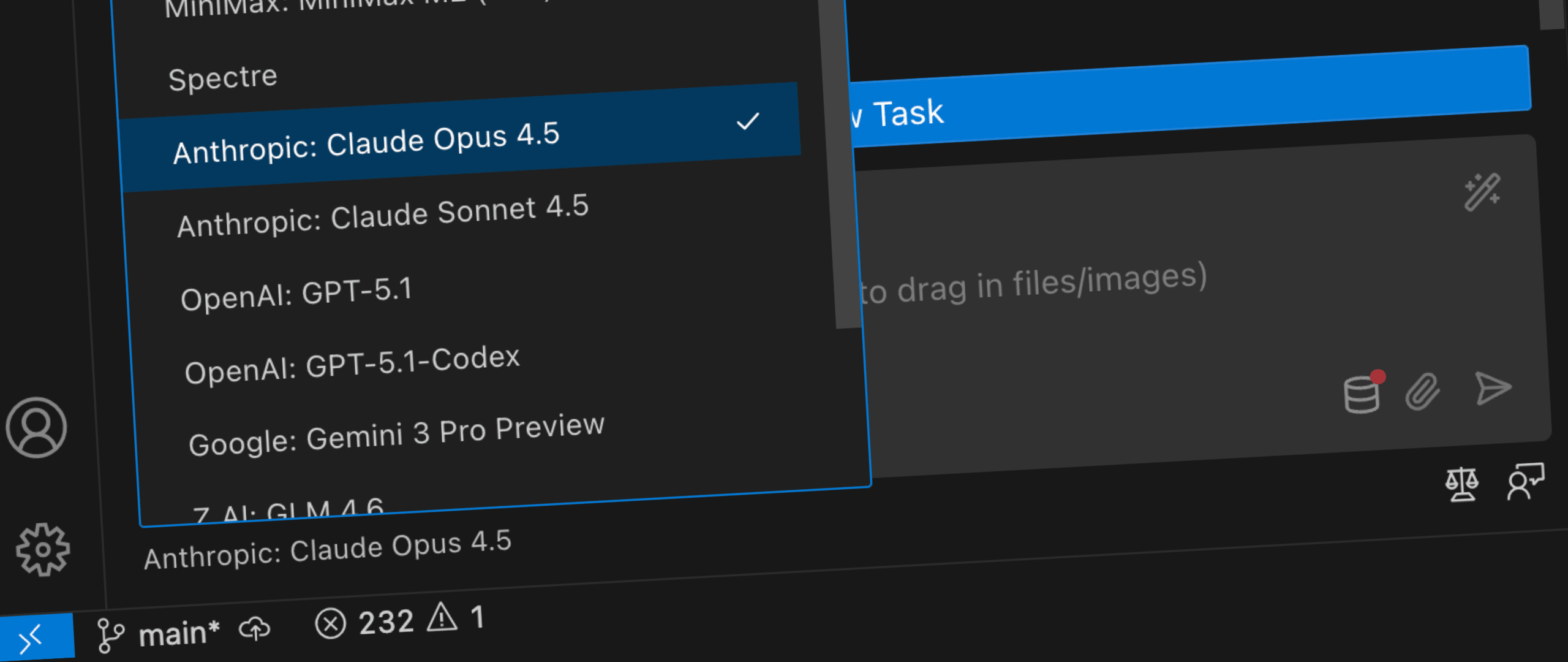Podcast generated by Google NotebookLM
Moderator:
Automation is coming, and its impact is undeniable. Today, we explore the psychological resistance that emerges when inefficiencies are exposed. Let’s hear from our four stakeholders.
Employee (Anna – Accounts Payable Clerk):
"I’ve been here for ten years. I know these processes inside out. If automation replaces manual invoicing, what happens to me? They say it’s about ‘efficiency,’ but I hear ‘job cuts.’ Also, I don’t trust the system to catch errors like I do—I’ve seen AI get things wrong."
Concerns:
- Fear of job loss and obsolescence
- Skepticism toward automation accuracy
- Resistance to process changes due to habit and personal expertise
Middle Manager (Mark – Operations Supervisor):
"This isn’t just about automation; it’s about control. Right now, I oversee how work gets done. If automation centralizes tasks, where does that leave me? Also, if these new systems highlight inefficiencies in my department, does that make me look bad? I don’t want to lose credibility."
Concerns:
- Loss of control over workflows
- Fear of personal inefficiencies being exposed
- Uncertainty about the role of middle management in an automated workplace
CEO (Lisa – Company President):
"We can’t scale with outdated processes. Our competitors are automating, and if we don’t adapt, we’ll lose. I understand the fear, but this isn’t about cutting jobs—it’s about survival. However, I need buy-in. If employees and managers resist, my entire automation initiative could fail."
Concerns:
- Balancing innovation with workforce morale
- Overcoming internal resistance without creating workplace instability
- Ensuring automation is implemented effectively without damaging company culture
Automation Consultant (James – Implementation Specialist):
"You’re all right in your own ways. Employees worry about job security, managers fear loss of control, and leadership needs progress. The key is phased implementation, retraining, and clear messaging: Automation augments people, not replaces them. Transparency is crucial if you only focus on cost-cutting, resistance will be stronger."
Key Strategies Proposed:
- Incremental Automation: Start small, show benefits, then expand.
- Upskilling Programs: Retrain employees to work alongside automation.
- Redefining Roles: Shift managers into strategic oversight rather than manual coordination.
- Transparent Communication: Make it clear that automation is about efficiency, not layoffs.
- Pilot Programs: Let employees see the benefits before full implementation.
Systems Thinking: How Resistance Spreads & Hidden Costs of Inaction
- Announcement of Automation → Employee Fear (Job Loss Anxiety)
- Employees assume automation = layoffs.
- Productivity drops as employees disengage.
- Middle Managers See Threat to Authority → Subtle Sabotage
- They slow down adoption, resist training, or overcomplicate implementation.
- Rumors & Uncertainty → Increased Workplace Anxiety
- Resistance escalates due to misinformation and lack of transparency.
- Leadership Frustration → Poor Implementation or Forced Rollout
- If resistance is too high, leadership may push automation aggressively, worsening morale.
- Delayed or Poor Implementation → Loss of Competitive Edge
- Competitors who automate correctly gain market advantage.
- Company loses innovation potential, remains inefficient.
Hidden Costs of Inaction:
- Employee disengagement leads to higher turnover.
- Managers micromanaging automation rather than guiding it.
- Slow adoption results in inefficiencies persisting longer, harming revenue.
Core Psychological Barriers
- Loss Aversion Bias: Employees fear losing jobs more than they appreciate automation benefits.
✅ Solution: Frame automation as an opportunity for career growth, not a threat. - Status & Identity: Middle managers derive identity from overseeing workflows, making them resistant.
✅ Solution: Redefine their role to focus on process optimization rather than manual oversight. - Fear of the Unknown: People distrust changes they don’t fully understand.
✅ Solution: Gradual exposure through pilot programs builds familiarity and trust. - Sunk Cost Fallacy: Employees feel attached to inefficient workflows because they’ve mastered them.
✅ Solution: Show them how automation enhances their work instead of erasing it. - Psychological Ownership: Employees resist automation that seems forced.
✅ Solution: Involve them in designing automation workflows.
When Automation Is a Bad Decision
- If the process is too complex for automation to handle well. (e.g., high-touch customer interactions)
- When employees haven’t been trained for the transition. (Poor training = failure)
- If cost savings come at the expense of quality. (Over-reliance on automation can erode customer trust)
- When automation removes human judgment from critical decisions. (E.g., mortgage approvals)
- Introduce automation incrementally instead of overnight replacement.
- Use hybrid models where AI assists rather than replaces.
- Ensure humans remain in control of key decisions.
Step-by-Step Implementation Roadmap
Phase 1: Discovery & Alignment (Month 1-2)
- Assess workflow inefficiencies without singling out individuals.
- Gather employee concerns through surveys or meetings.
- Identify automation-ready tasks that require minimal disruption.
Phase 2: Pilot Program & Skill Development (Month 3-4)
- Select one department to test automation in a controlled environment.
- Offer reskilling programs for employees in affected roles.
- Demonstrate results publicly to reduce fear and build confidence.
Phase 3: Gradual Expansion (Month 5-6)
- Expand to more processes based on pilot success.
- Redefine managerial roles to include automation oversight.
- Showcase automation as an employee tool, not a replacement.
Phase 4: Full Integration & Continuous Optimization (Month 7+)
- Encourage employee-led automation improvements.
- Adjust processes based on feedback.
- Monitor job satisfaction levels to ensure workforce morale remains high.
Final Takeaway: Automation is a Human-Centered Process
The biggest mistake companies make? Forcing automation without earning employee trust.
The best strategy? Gradual, transparent automation that enhances jobs instead of eliminating them.













Discussion